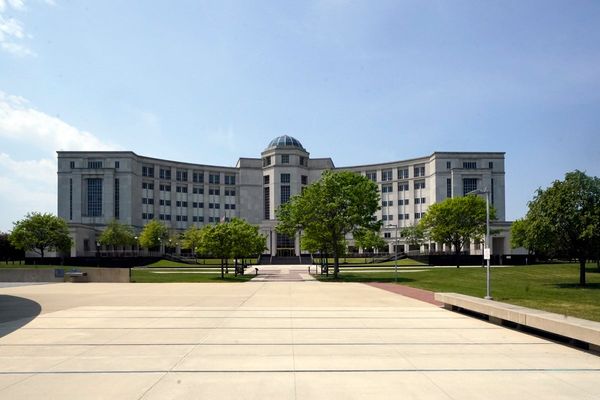
A major incident has been declared in Somerset after more than 100 people were evacuated from their homes because of flooding, while roads were blocked, trains delayed or cancelled and schools closed, as stormy weather once again battered parts of the UK.
Rest centres were set up for people forced to leave their homes in three Somerset towns – Chard, Ilminster and Somerton – with some residents reporting levels of flooding not seen for years. Highways teams dealt with almost 50 incidents.
Dozens of people were evacuated by boat from an estate for over-50s, Primrose Hill residential park near the village of Charlton Mackrell, by the fire service and other rescue teams. People were also evacuated from a care home, Burnworthy House, in South Petherton
Businesses were also flooded, including a Sainsbury’s store in Chard and a bridal shop in Ilminster, where wedding gowns were damaged by the flood water.
On Monday afternoon, there were more than 30 flood warnings and more than 150 flood alerts in place for England, and three Met Office yellow warnings in England and Wales for heavy rain and strong winds.
While not as powerful as Storm Éowyn, which caused severe damage in Scotland and Northern Ireland at the weekend, a low-pressure system was named Storm Herminia by meteorologists in Spain, which was expected to feel the strongest winds.
Ben Lukey, a flood duty manager at the Environment Agency, said: “Impacts are probable across parts of the south of England during Monday and on Tuesday, with continuing impacts possible on Wednesday and Thursday.”
The Met Office warned that heavy, blustery showers and possible thunderstorms could lead to some flooding in London, south-east England and south-west England. It said there could be interruption to power supplies and other services.
Strong winds were driving in a succession of showers, some heavy, through Monday and into Monday night and there was also a chance of lightning strikes and hail showers.
In Wales and parts of the West Midlands in England, the Met Office said heavy rain could lead to some flooding of roads and properties. There was a small chance some rural communities could be cut off by flooded roads. Up to 70mm of rain was expected over some high ground.
A warning was also in place for strong winds on Monday in Wales and across much of southern England that could cause delays to road, rail, air and ferry travel until 6am on Tuesday.
The warnings come as scientists have said that the climate emergency is making extreme weather events more common.
Somerset council and Avon and Somerset police jointly declared the major incident. A council spokesperson said: “Following intense rainfall across the region at the weekend, several parts of Somerset were flooded, including roads and some homes in the centre of Chard and Ilminster.
“With further heavy rainfall expected, a major incident was called and a decision was made to carry out precautionary evacuations for residents living in properties in the worst-affected areas.”
Stormont’s leaders have called on Northern Ireland’s energy network provider, NIE Networks, to offer goodwill payments to those who remained without power after Storm Éowyn.
About 60,000 homes and businesses remained without power in Northern Ireland, with some people told they might have to wait until 3 February to be reconnected. More than 50 schools in Northern Ireland remained closed on Monday.
The Northern Ireland secretary, Hilary Benn, said the UK government was working hard to meet requests from the Stormont executive for assistance.
Scotland’s first minister, John Swinney, echoed the warnings about global heating affecting the strength of storms. He told an event in Edinburgh on Monday: “It’s a warning to us that climate change is with us and the ferocity [of it].”
The UK cabinet minister Pat McFadden said Storm Éowyn had brought wind gusts exceeding 92mph in Northern Ireland. He told the Commons: “Initial observations from the Met Office say it was probably the strongest storm to hit the UK in at least 10 years and the most severe storm for Northern Ireland since 1998.
“At its peak, 285,000 properties in Northern Ireland – that’s about a quarter of the population – and around 290,000 properties in Scotland lost power. In England and Wales, around 325,000 properties lost supply.”







